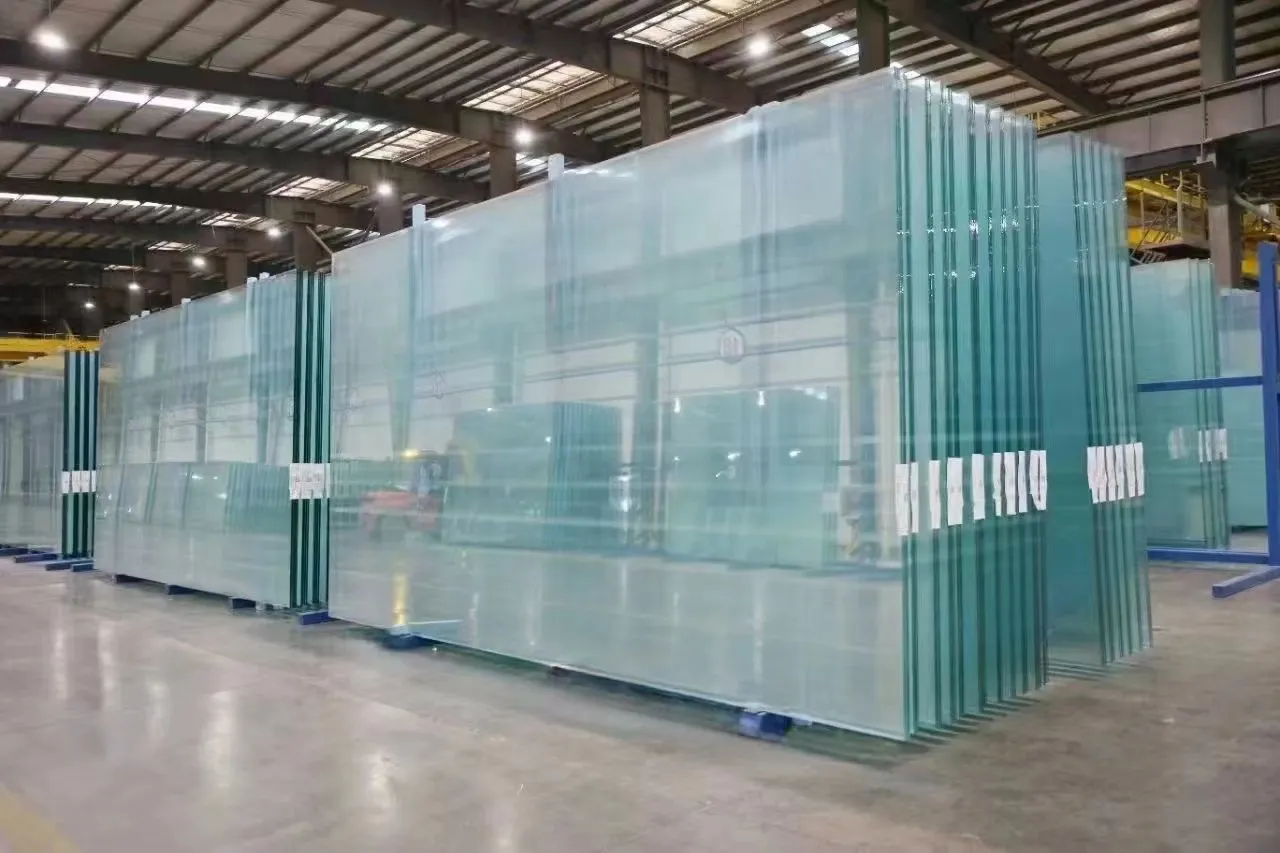Architectural Glass Design A Fusion of Aesthetics and Functionality
In the realm of modern architecture, glass has emerged as a transformative material that encapsulates both beauty and purpose. Architectural glass design is not merely about using glass; it’s about understanding its properties, exploring its potential, and integrating it into structures to enhance both their aesthetic appeal and functionality. This article delves into the significance of architectural glass design, its various applications, and the future trends shaping this innovative field.
The Significance of Architectural Glass
Glass, once primarily used for windows, has evolved into a cornerstone of contemporary architectural design. Its transparency allows for the interplay of light and space, blurring the boundaries between indoor and outdoor environments. This fluidity fosters a sense of connection with nature, enhancing the experience of any built space. Moreover, architectural glass can be engineered to provide thermal insulation, reduce sound pollution, and offer safety and security, thereby contributing to sustainable building practices.
Another crucial aspect of architectural glass is its versatility. From sleek facades to artistic partitions, glass can take on various forms and finishes, allowing architects to create visually stunning designs that reflect the identity of a space. The ability to customize glass — through techniques like frosted finishes, colored glass, or structural glazing — adds layers of complexity and creativity to architectural projects.
Applications of Architectural Glass
One of the most prominent applications of architectural glass is in commercial buildings, where it is used in facades, skylights, and atriums. Sweeping glass walls and roofs can flood interiors with natural light while providing impressive views of the surroundings, promoting well-being and productivity among occupants. Buildings such as the Apple Park in Cupertino and the Louvre Pyramid in Paris are exemplars of how glass can dominate a project, creating iconic silhouettes that resonate with their environments.
Residential architecture also greatly benefits from architectural glass design. Floor-to-ceiling windows, glass balconies, and spacious sliding doors invite the outdoors in, making homes feel larger and more open. In luxury homes, glass can be used to create stunning interior elements, such as glass staircases or bathroom enclosures, adding an element of sophistication and modernity.
architectural glass design
Moreover, glass is extensively used in public spaces such as museums, airports, and sports complexes. Its reflective quality can enhance the visual intrigue of these structures, while its capacity for innovation allows for the integration of advanced technology, such as smart glass that can adjust opacity based on sunlight exposure.
The Future of Architectural Glass Design
As we move into the future, advancements in technology will continue to revolutionize architectural glass design. Photovoltaic glass, which integrates solar cells, enables buildings to harness solar energy while maintaining aesthetic appeal. Similarly, self-cleaning glass and dynamic glass that changes transparency in response to environmental conditions are paving the way for more sustainable and user-friendly solutions.
Furthermore, the integration of augmented reality (AR) and virtual reality (VR) into architectural design processes is set to enhance how architects conceptualize and present glass structures. Through these technologies, clients can visualize their projects in immersive environments, leading to more precise and creative designs.
Sustainability is also at the forefront of future glass design. The use of recycled materials and energy-efficient production processes will become increasingly important as the building industry strives to minimize its ecological footprint. Architects will need to consider not only the beauty and functionality of glass but also its environmental impact from production to end-of-life.
Conclusion
Architectural glass design represents a harmonious union of artistry and engineering. It challenges traditional notions of space while offering innovative solutions for modern living and working environments. As we look towards the future, the potential of architectural glass is vast, and its ability to adapt and evolve will undoubtedly play a crucial role in shaping the landscapes of our cities. By embracing the possibilities of architectural glass, we can create structures that are not only visually compelling but also sustainable and functional, laying the groundwork for a brighter architectural future.
 Afrikaans
Afrikaans  Albanian
Albanian  Amharic
Amharic  Arabic
Arabic  Armenian
Armenian  Azerbaijani
Azerbaijani  Basque
Basque  Belarusian
Belarusian  Bengali
Bengali  Bosnian
Bosnian  Bulgarian
Bulgarian  Catalan
Catalan  Cebuano
Cebuano  Corsican
Corsican  Croatian
Croatian  Czech
Czech  Danish
Danish  Dutch
Dutch  English
English  Esperanto
Esperanto  Estonian
Estonian  Finnish
Finnish  French
French  Frisian
Frisian  Galician
Galician  Georgian
Georgian  German
German  Greek
Greek  Gujarati
Gujarati  Haitian Creole
Haitian Creole  hausa
hausa  hawaiian
hawaiian  Hebrew
Hebrew  Hindi
Hindi  Miao
Miao  Hungarian
Hungarian  Icelandic
Icelandic  igbo
igbo  Indonesian
Indonesian  irish
irish  Italian
Italian  Japanese
Japanese  Javanese
Javanese  Kannada
Kannada  kazakh
kazakh  Khmer
Khmer  Rwandese
Rwandese  Korean
Korean  Kurdish
Kurdish  Kyrgyz
Kyrgyz  Lao
Lao  Latin
Latin  Latvian
Latvian  Lithuanian
Lithuanian  Luxembourgish
Luxembourgish  Macedonian
Macedonian  Malgashi
Malgashi  Malay
Malay  Malayalam
Malayalam  Maltese
Maltese  Maori
Maori  Marathi
Marathi  Mongolian
Mongolian  Myanmar
Myanmar  Nepali
Nepali  Norwegian
Norwegian  Norwegian
Norwegian  Occitan
Occitan  Pashto
Pashto  Persian
Persian  Polish
Polish  Portuguese
Portuguese  Punjabi
Punjabi  Romanian
Romanian  Russian
Russian  Samoan
Samoan  Scottish Gaelic
Scottish Gaelic  Serbian
Serbian  Sesotho
Sesotho  Shona
Shona  Sindhi
Sindhi  Sinhala
Sinhala  Slovak
Slovak  Slovenian
Slovenian  Somali
Somali  Spanish
Spanish  Sundanese
Sundanese  Swahili
Swahili  Swedish
Swedish  Tagalog
Tagalog  Tajik
Tajik  Tamil
Tamil  Tatar
Tatar  Telugu
Telugu  Thai
Thai  Turkish
Turkish  Turkmen
Turkmen  Ukrainian
Ukrainian  Urdu
Urdu  Uighur
Uighur  Uzbek
Uzbek  Vietnamese
Vietnamese  Welsh
Welsh  Bantu
Bantu  Yiddish
Yiddish  Yoruba
Yoruba  Zulu
Zulu 

